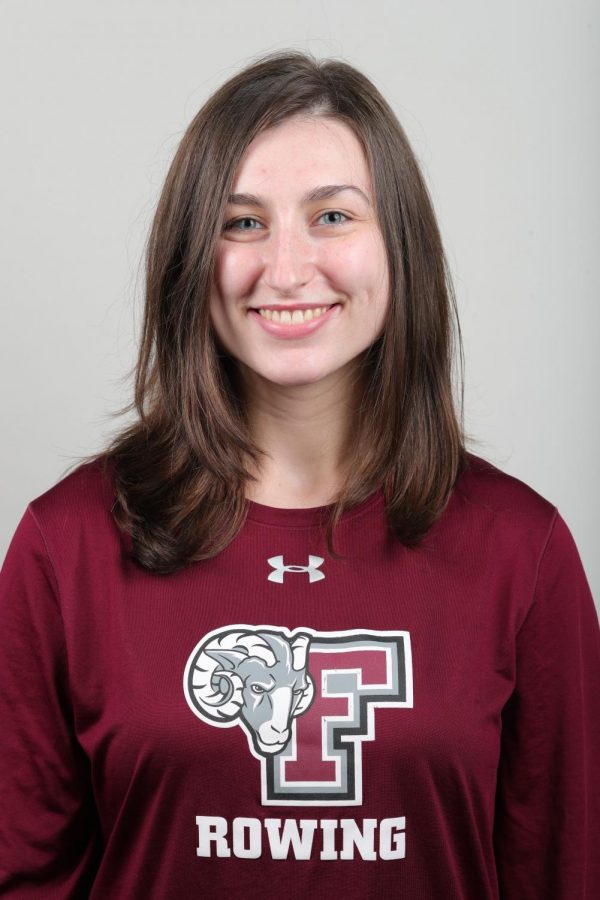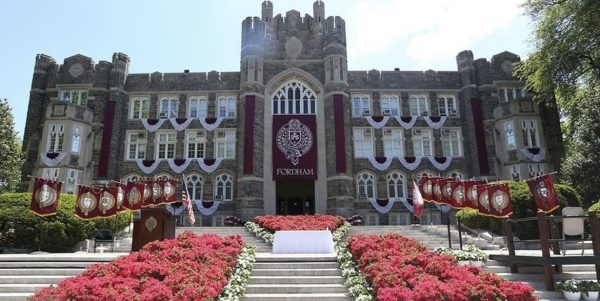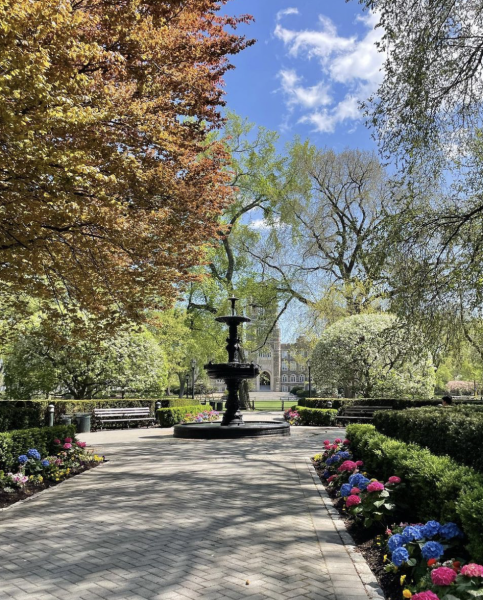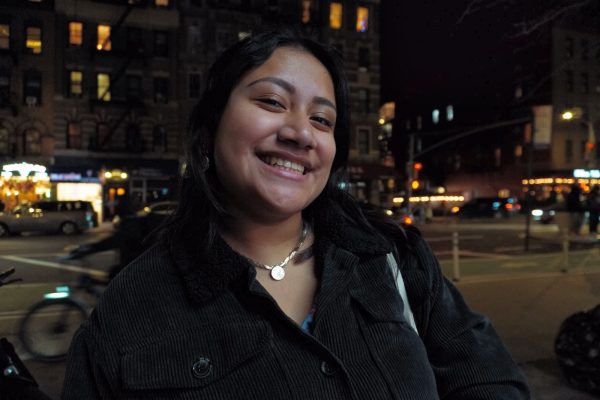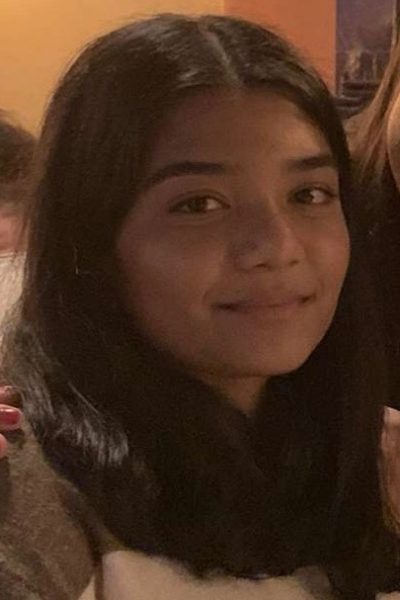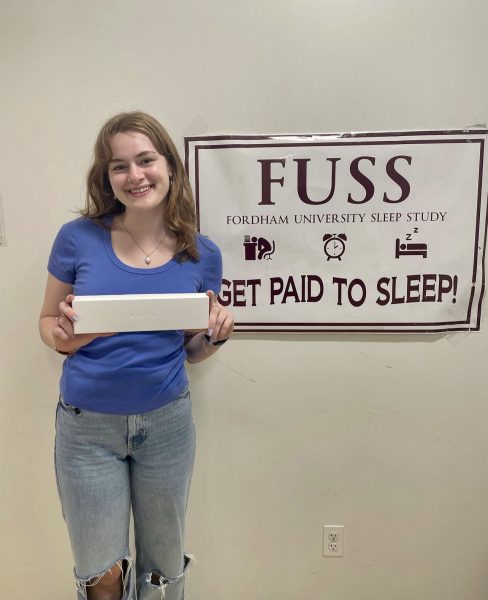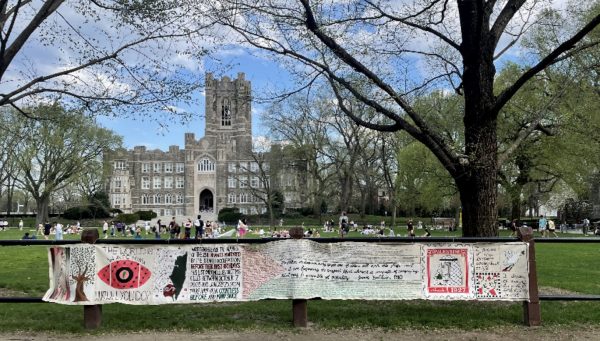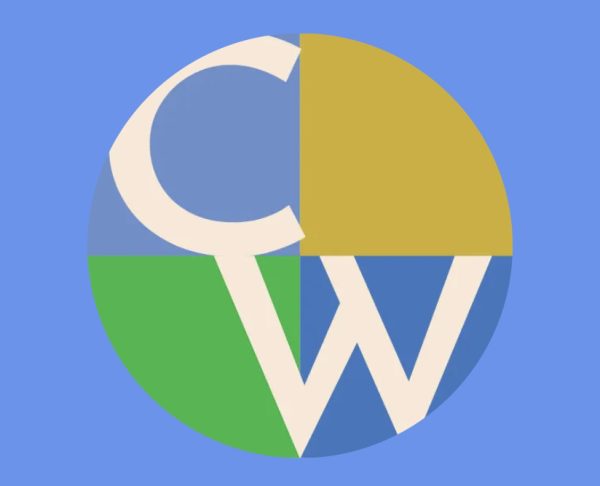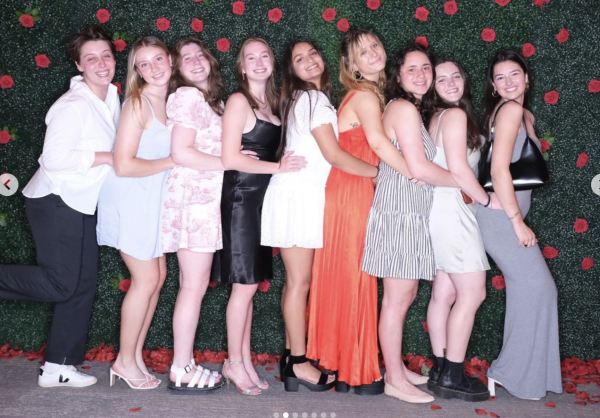Junior Makes Particle Physics Accessible to Undergraduates
As certain campus facilities are currently shut down or heavily limited, students have to remotely perform scientific experiments that would usually be done in a laboratory setting or with academic technology. Danielle Moynihan, FCRH ’21, understands the challenges undergraduate students face when attempting to run important and technologically taxing science programs from their personal devices.
At the start of this past summer, Moynihan engaged in research that would ultimately allow undergraduates to have easier access to particle physics experiments.
“Being able to run these types of experiments on their laptops would greatly increase understanding of particle physics and hopefully motivate more interest in studying particle physics,” she said.
Moynihan’s enjoyment of programming physics problems and data analysis inspired her to join a preexisting research project under Christopher Aubin, Ph.D., associate professor of physics, specializing in particle physics. The topic of the research project is a field of particle physics known as quantum chromodynamics.
Quantum chromodynamics, also known as QCD, studies interactions between particles (like quarks and gluons) as the medium for strong nuclear force. Although gluons are established as carrying strong nuclear forces in order to interact with quarks, gluons also have their own charge. This charge is known as “color,” which is where the term quantum chromodynamics is derived from.
“Quantum physics describes the intrinsic nature of fundamental particles, and chromodynamics refers to the interactions, or dynamic movement, of particles with color,” said Moynihan.
There are eight different ways the three existing colors and three existing anti-colors combine, all of which are examined through a special unitary 3×3 matrix, or SU(3), instead of an SU(2) matrix, which examines combinations of only two colors.
Rather than continue with parts of Dr. Aubin’s project that were already in motion, Moynihan engaged in a new section of the project that focuses more on generating SU(3) matrices that are used to model gluons as a lattice.
“I chose to work with SU(3) matrices because SU(3) matrices don’t behave as nicely as SU(2) matrices, and I love a challenge,” said Moynihan.
The effects of COVID-19 did not create a lot of stress for Moynihan and her fellow researchers.
“The research process was actually pretty close to normal,” she said.
Moynihan was able to produce code from scratch as well as adapt code from another related research project that had already been completed under Aubin’s guidance. However, without access to a powerful computer from Freeman Hall, Moynihan conducted all of her research from a laptop at home.
“[It] was helpful for remembering the overall goal of the research project: making particle physics experiments accessible to undergraduates on their laptops,” said Moynihan about her remote research project.
The two largest goals for Moynihan’s project were maximum accuracy and efficiency. In order to effectively maximize accuracy, the results from Moynihan’s projects were compared to results from similar research conducted by unrelated researchers. These preexisting results were pulled from studies that were done within the same field of physics. Despite the varying methods in which research was conducted, the results agreed to a reasonable degree, she said.
The project’s main goal was to get particle physics programs to run more efficiently on ordinary laptops. To do this, Moynihan had to calibrate the programs to run as fast as possible while reducing the drain on the computer’s battery.
“At the beginning of the project, I used smaller numbers for the sake of speed to check answers, but as the project progressed, I used larger, more accurate numbers,” said Moynihan. “The time it took for the code to run scaled up drastically, at one point stretching to multiple days. Over the course of the summer, the code was optimized to eventually take around an hour with reasonable results.”
Since the projects started early in the summer, major milestones have been achieved, according to Moynihan. A program that creates and performs SU(3) matrix operations has been created.
“Research has taught me about not only producing code, but also about analyzing data and constant troubleshooting and improvement of one project over an extended period of time,” she said. “I learned a lot about persistence and relating the project itself to the science it represents. This helped me refocus my goals beyond graduation by helping me realize that there are so many opportunities to use science to improve people’s lives, which is ultimately what I want to do with my life.”
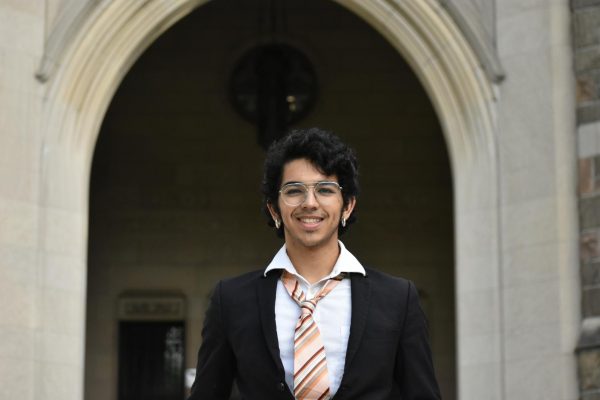
Sebastian Diaz is a senior from Chapel Hill, N. C. who is double majoring in journalism and film. After starting as a news reporter for The Fordham Ram...

